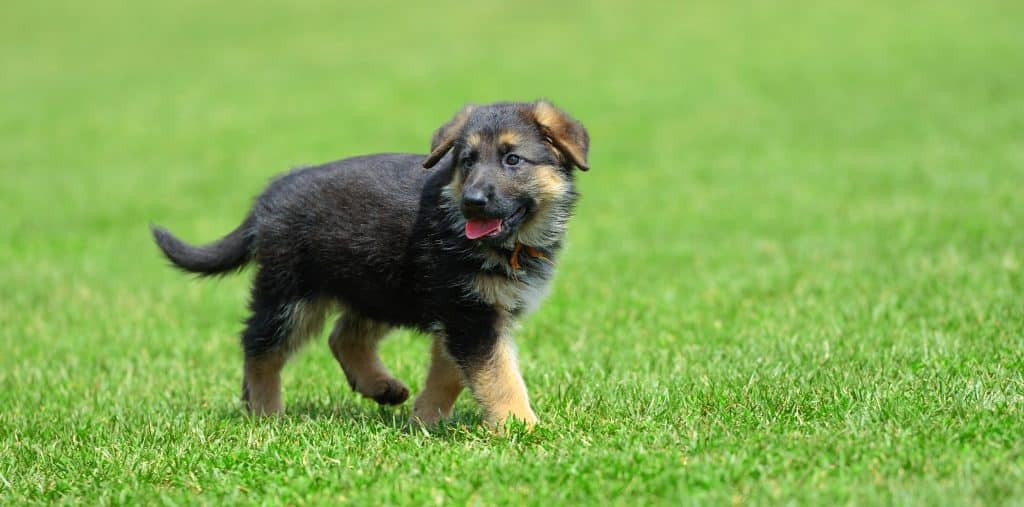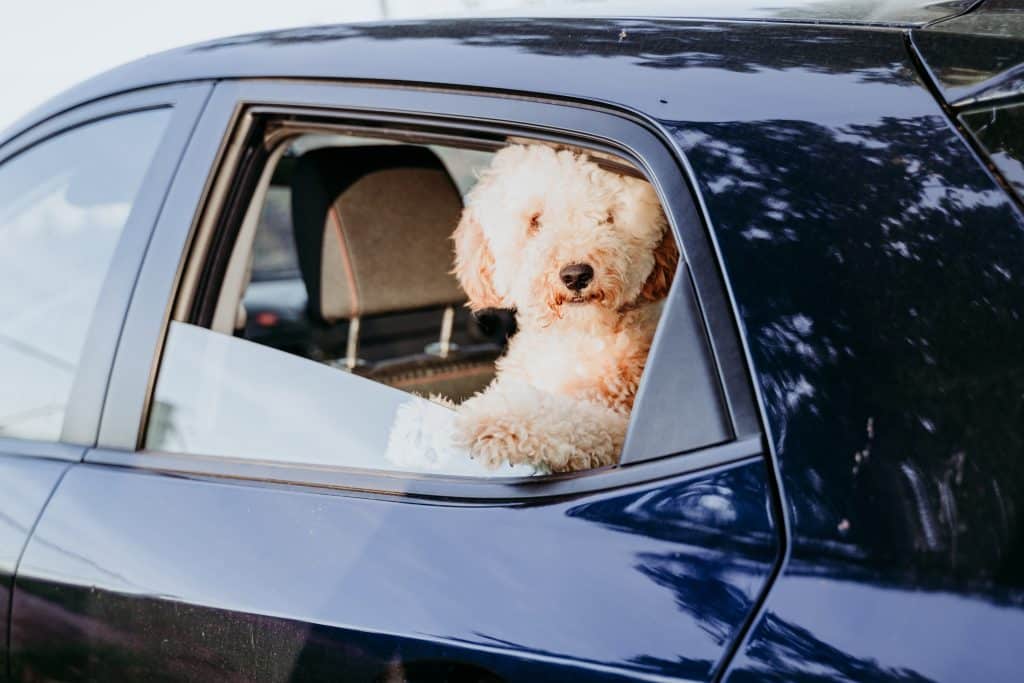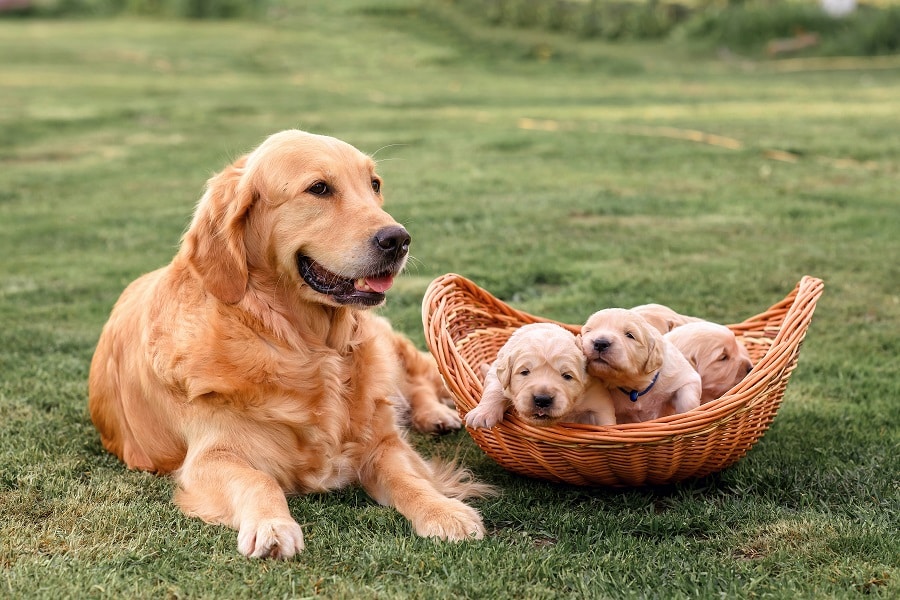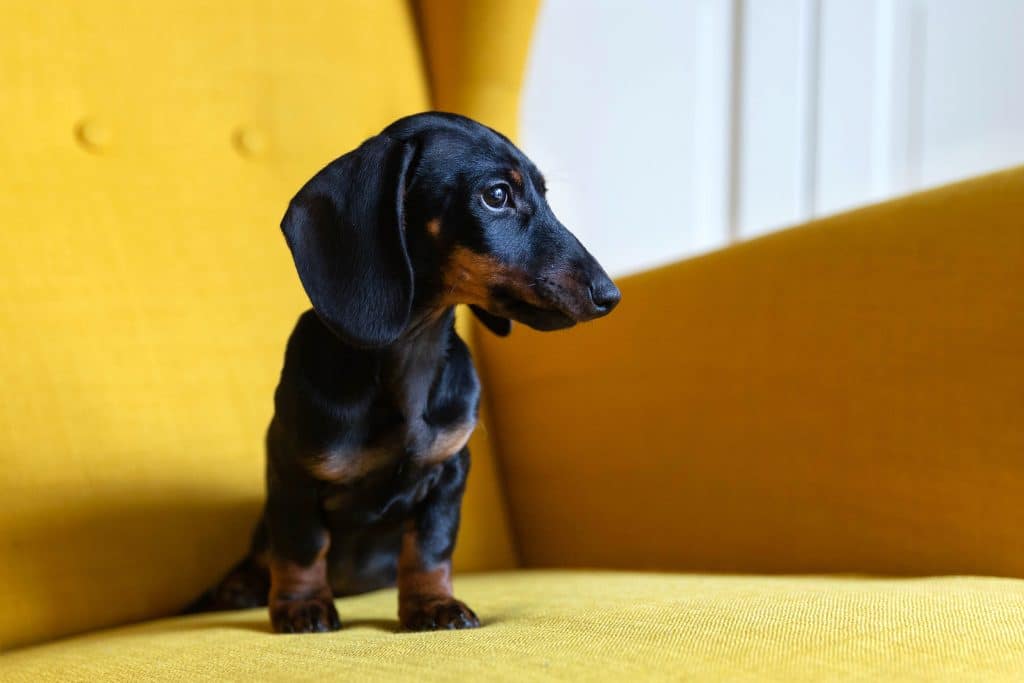Puppies are undeniably adorable. They are also fascinating creatures with some surprising quirks. For instance, did you know that puppies are almost completely colorblind? They may also be susceptible to strange phobias, such as the fear of going up or down stairs. While these two details may seem odd, they are just a few of the many unusual facts about puppies. If you want to learn more, read on for more surprising bits of information about these adorable little creatures.
Contents
- 1 How Humans Know So Much About Puppies
- 2 Unusual Facts About Puppies
- 3 Puppies Are Almost Completely Colorblind
- 4 Puppies Can Have An Identical Twin
- 5 Some Puppies Are Born Green
- 6 Puppies Lose Their Baby Teeth Too
- 7 Puppies Enjoy Baby Talk
- 8 A Puppy’s Coat Color Can Change
- 9 There are A Lot Of Facts About Puppies Out There!
How Humans Know So Much About Puppies

It’s no secret that puppies are one of the most popular topics on the internet. There’s no shortage of content regarding these furry little creatures, from videos and photos to articles and blog posts. But how do people know so much about them? After all, puppies aren’t exactly known for their ability to communicate with humans. The answer lies in the long history between dogs and their human counterparts.
Dogs have been loyal companions for centuries, and people have come to know them better than any other animal. Humans have learned to understand dogs’ facial expressions and body language and get a better idea of what makes them happy or sad. This deep understanding of these furry friends has given people a unique insight into puppies’ lives. And with technological advances, people can now learn even more about these adorable creatures.
Unusual Facts About Puppies
During centuries-old history, humans have learned a lot about puppies. But there are still many surprising facts that people may need to learn! The following are some of the most unique, unexpected, and unusual facts about puppies:
Puppies Are Almost Completely Colorblind

As briefly discussed in the introduction, one of the most interesting things about puppies is that they are almost entirely colorblind. Puppies are born with blue eyes, which gradually change color as they grow older. However, until they are about eight weeks old, puppies cannot see colors other than gray, white, and black. This is because their eyes still need to develop the ability to distinguish between different wavelengths of light.
As a result, puppies see the world in a very different way than people do. To them, everything is shades of gray. While this may seem like a disadvantage, it gives puppies an advantage in learning to identify objects. Puppies that can’t see colors have an easier time focusing on shapes and patterns, which helps them to learn more quickly. So, while they may not be able to appreciate the beauty of a rainbow, puppies can see the world in a way that is uniquely their own.
Puppies Can Have An Identical Twin

Puppies are born in litters, which typically consist of four to six puppies. However, it is not uncommon for a litter to contain two or more sets of twins. While it may seem surprising that puppies can have identical twins, a few factors contribute to this phenomenon. First, during pregnancy, the mother dog’s uterus can divide into multiple compartments, each containing its own placenta and umbilical cord. This allows two or more embryos to develop independently from each other.
Additionally, litter sizes are often determined by the number of compartments in the uterus, meaning that twins are more likely to occur in larger litters. Finally, certain breeds of dogs, such as dachshunds and beagles, tend to produce twins more frequently than others. Consequently, while it seems like a rarity, it is relatively common for puppies to have identical twins.
Some Puppies Are Born Green

While most people are familiar with the sight of a cute, furry puppy, fewer are aware that some of these creatures are born green. This unusual coloring results from a pigmentation disorder known as chlorosis, which causes an overproduction of biliverdin, a green bile pigment. Chlorosis is typically harmless, and affected puppies usually lose their green tint within a few weeks as their fur grows. In rare cases, however, puppies may be born with more severe forms of the disorder that can lead to health problems.
For example, blue-green algae poisoning can cause neurological damage, while a copper deficiency can cause anemia. Fortunately, you can treat these conditions with medical intervention, and most puppies fully recover. Green puppies may be rare, but they are just as adorable as their more traditional-colored counterparts.
Puppies Lose Their Baby Teeth Too

Puppies are born without teeth, but their first baby teeth start coming in within a few weeks. Then, around four months of age, they will have a full set of 28 teeth. Unfortunately, these teeth are not very strong and eventually fall out to make way for the adult teeth. The process of losing baby teeth and getting adult teeth is called exfoliation. It usually starts around six months of age, when the puppy’s permanent incisors come in.
By seven or eight months, all adult teeth will replace the baby teeth. During this time, puppies may chew more to help relieve the discomfort caused by their new teeth. So, if your puppy is suddenly chewing everything in sight, it’s probably because they’re going through a growth spurt!
Puppies Enjoy Baby Talk

Baby talk is not just for babies. Many experts believe that baby talk is important in bonding with puppies. For example, when you use high-pitched, sing-songy tones with your puppy, you imitate how their mothers communicated with them when they were young. This communication helps build trust and rapport between you and your puppy.
Additionally, baby talk is often associated with positive emotions like happiness and affection, making your puppy feel more comfortable and secure around you. So next time you talk to your puppy, don’t be afraid to use a little baby talk – they might enjoy it more than you think!
A Puppy’s Coat Color Can Change

You may already know that a puppy’s coat color can change as it grows. However, many don’t realize that the coat color can also change depending on the puppy’s environment. For example, a puppy who spends lots of time outside in the sun may end up with a lighter coat than when it was born. Conversely, a puppy who spends most of its time indoors may have a darker coat.
In addition, the type of food a puppy eats can also affect its coat color. For instance, puppies who eat a lot of fatty foods may end up with duller-looking coats, while those who eat more nutritious diets may have shinier, healthier-looking coats. Ultimately, a puppy’s coat color is due to a variety of factors, and it can be fascinating to watch how these factors can cause the coat to change over time.
There are A Lot Of Facts About Puppies Out There!
Despite their small size, there are a ton of unusual facts about puppies out there. Whether it’s their distinctive coloring or their closeness to their siblings, there is always something new to learn about these adorable creatures. So if you’re a dog lover looking for an exciting topic to explore, consider learning more about puppies and all they offer! Odds are you will come across more things that you never even knew about these beautiful animals!


